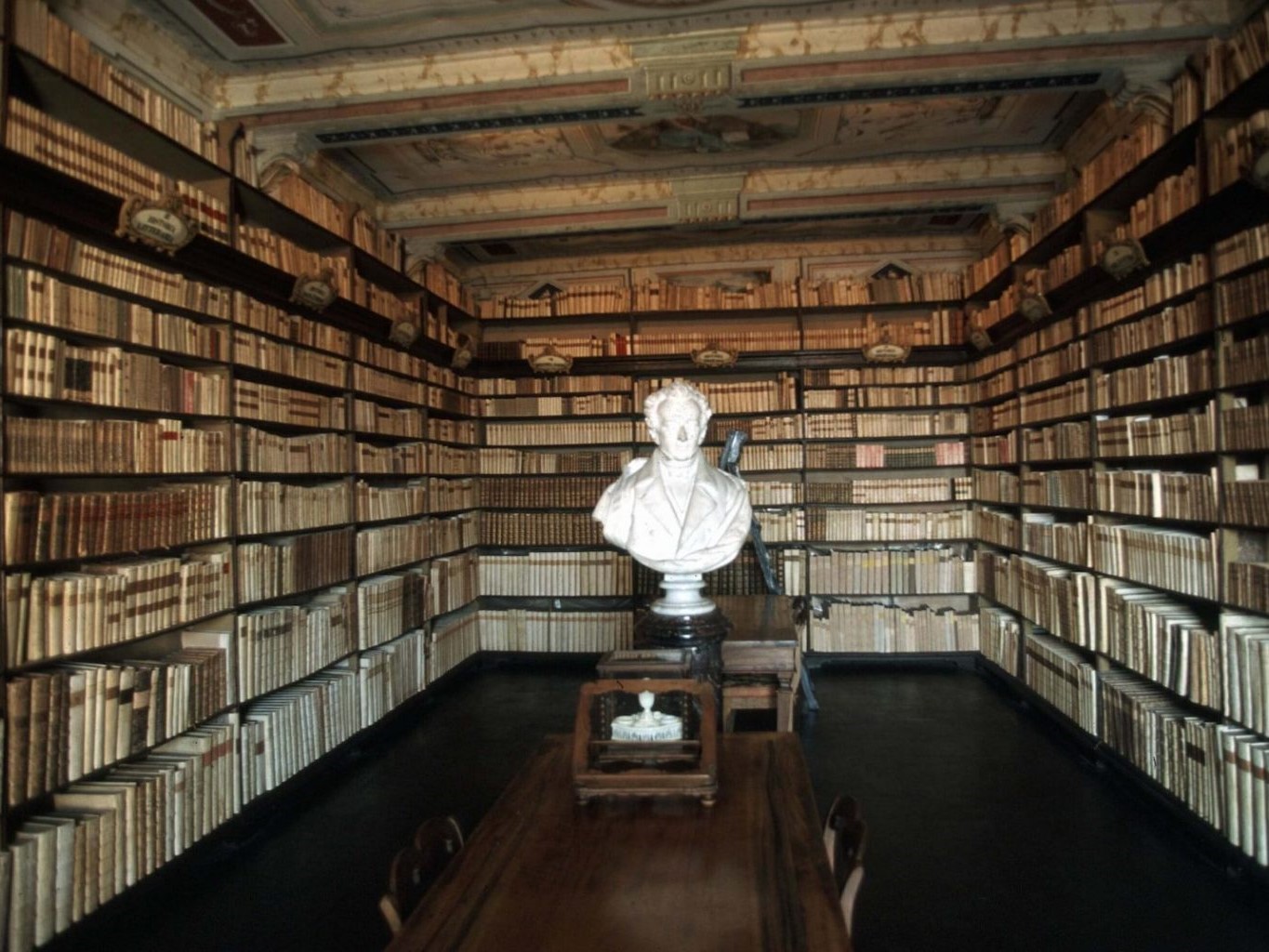
 italia.it
italia.it
Italian culture and history: House Museums and Historic Homes
- WTI Magazine #177 Jul 20, 2024
-

 italia.it
italia.it
As the name says, a "house museum" is a habitation or palazzo that has been transformed into a museum.
It could have been the abode of illustrious gentlemen, or of common citizens, site of familiar intimacy or a center of power: that which renders a house museum exceptional is its capacity to re-enact or represent the life that was, the traditions and values not only of those that lived there, but also the larger society where the master of the house moved and carried out his day-to-day.
To visit a house museum is to experience the intriguing and the fascinating. Everything inside becomes part of the visiting itinerary: furniture, artworks, books, personal and everyday objects. From north to south, Italy boasts countless house museums throughout the Peninsula, including those that belonged to famous foreigners that spent part of their lives in, and fell in love with, the Bel Paese.
House museums can be divided into various categories, as defined by DEMHIST, part of the International Council of Museums (ICOM). The most common category is that of “Homes of Distinguished Men,” e.g. the House Museum of Giovanni Pascoli, in CastelVecchio Pascoli, in Emilia Romagna, where Pascoli the poet wrote many of the works for which he became famous. Recanati, then, in the Marches, hosts the House Museum of another highly-celebrated Italian poet, Giacomo Leopardi: the Palazzo faces the piazza to which the Leopardi dedicated the poem Sabato del Villaggio, “Saturday in the Village.” But it is in Florence, Tuscany where lies the home of Italy’s poet par excellence: Dante Alighieri, born in the evocative palazzo facing the Torre (Tower) della Castagna. In Rome, on the other hand, visitors will not want to miss the opportunity to visit the place where Mario Praz, esteemed collector and scholar of English literature, lived, in Piazza di Spagna (the Spanish Steps) as well as the house museum of Romantic English poet John Keats, which in part is dedicated to his contemporary, Percy Bysshe Shelley.
Among other homes of important personages on show case – worth mentioning are the house where Grazia Deledda, Nobel laureate in Literature (1926), was born, (in Nuoro, Sardinia); the Historic Museum of Carlo Levi (author of the iconic novel Christ Stopped at Eboli), in Aliano, Basilicata; and the hillside estate Vittoriale degli Italiani in Gardone Riviera (Lombardy), which also comprises the home of Gabriele D’Annunzio.
A true feast for the eyes are the “Homes of Collectors,” like Palazzo Jatta in Ruvo di Puglia (Apulia), or the bourgeois Casa Carbone in Lavagna, Liguria. The “Houses of Beauty,” rather, became museums more for their artistic and architectonic value, rather than for who lived inside. The gorgeous Palazzo Spada in Rome is an exemplar of one of many homes owned by a noble family or member of the Roman Catholic Church that became art galleries. Of the so-called “homes wanted by the community,” due to their status as a paradigm of community life, the Museum of the Peasant's Home in Corciano (Umbria) stands out, narrating a life of one of those working in the fields in the 1900s.
In other categories of the house museum, the “Noble Abodes,” such as the Castle of Donnafugata in Ragusa, Sicily, figure in, as do the house museums commemorating historic events – think the houses at Herculaneum in Campania that were buried by the 79 A.D. volcanic eruption that also destroyed Pompeii. Art and history enthusiasts will be enthralled by the “houses of an ethno-anthropological nature:” the Pezzola Trullo in Alberobello, Apulia is one of these. Finally, the “Royal Palaces” make for the ultimate house museums; one cannot mention them all, but the Royal Residences of the Savoy Dynasty, in Venaria Reale’s Borgo Castello (Piedmont) is certainly a good place to begin!